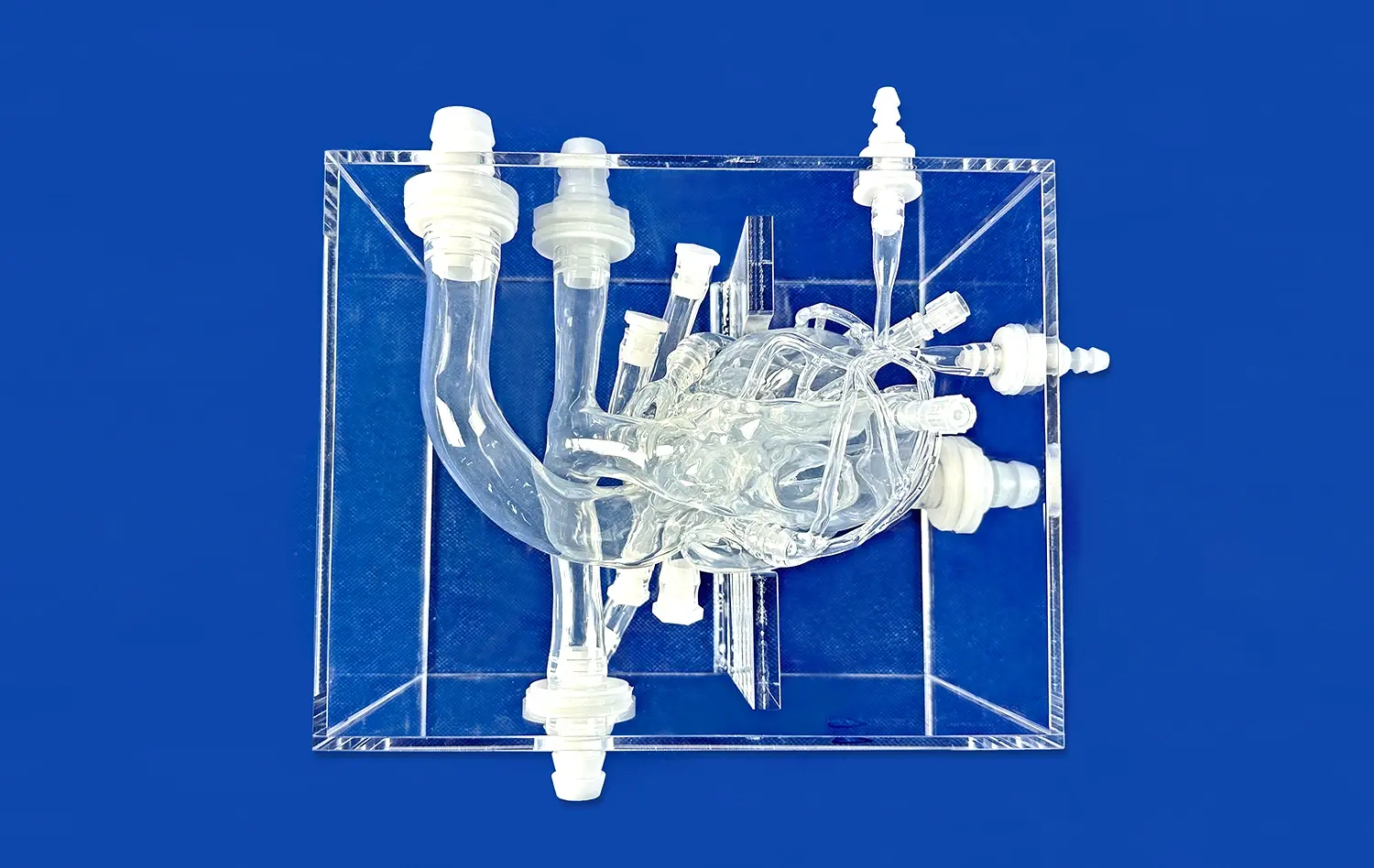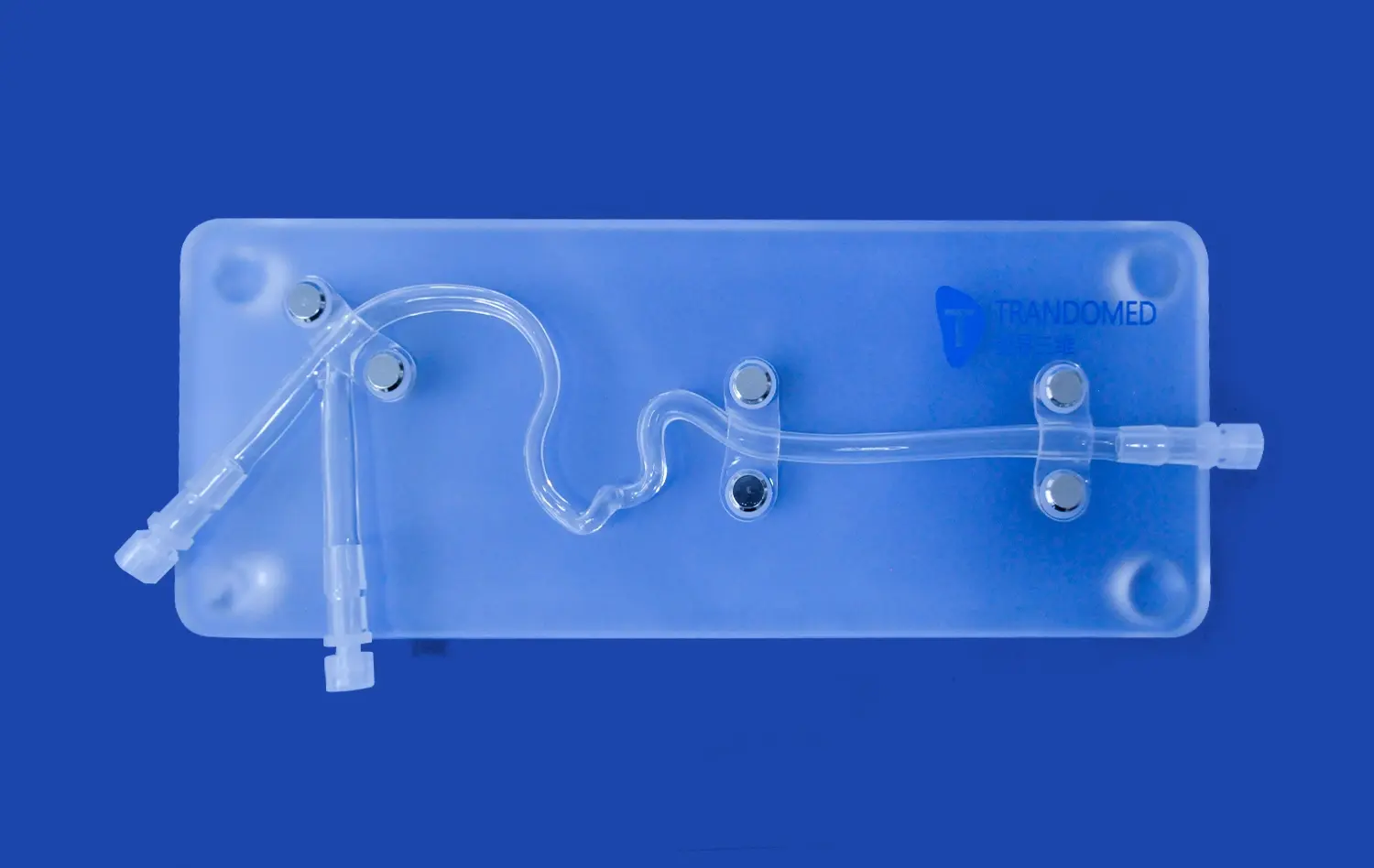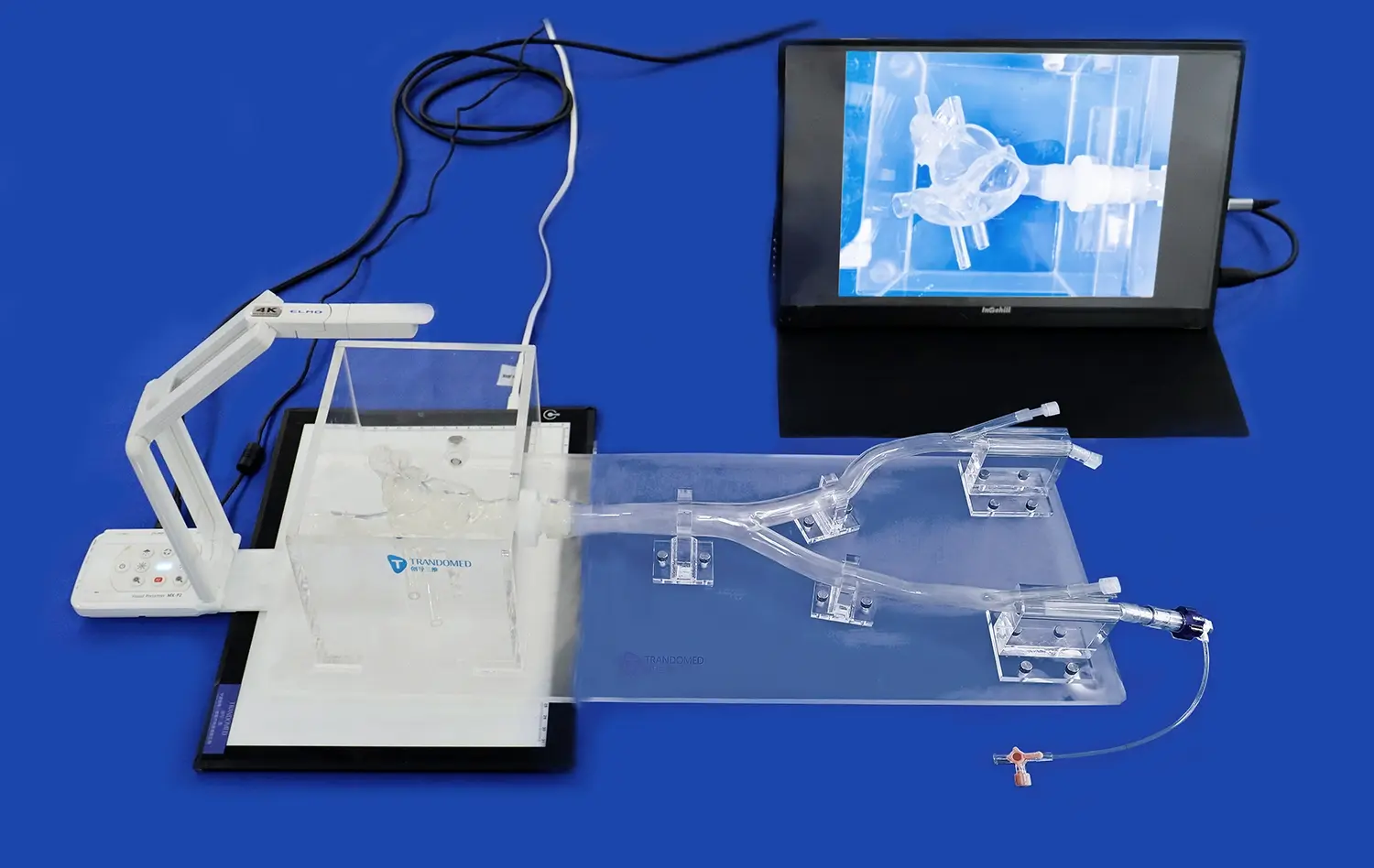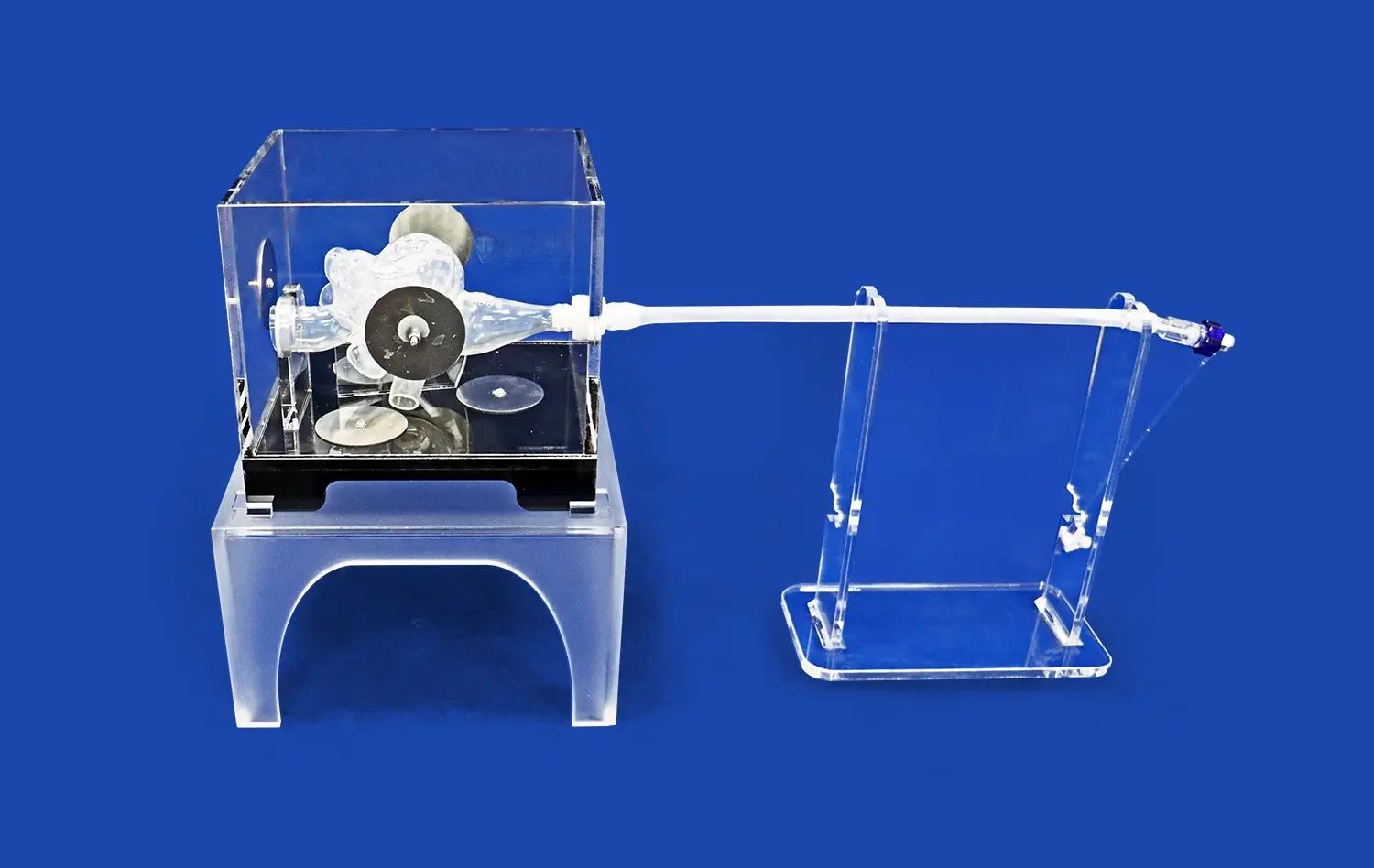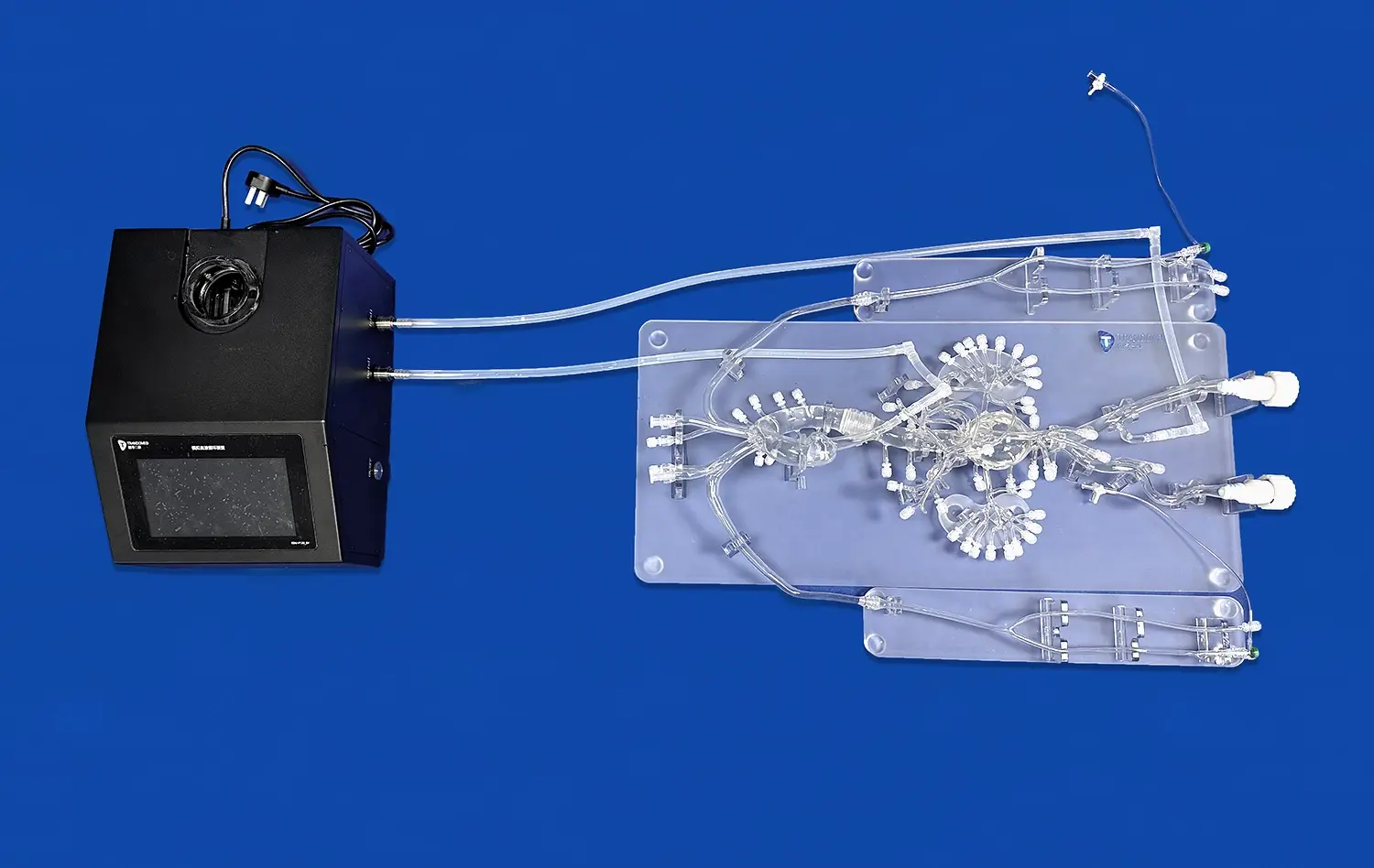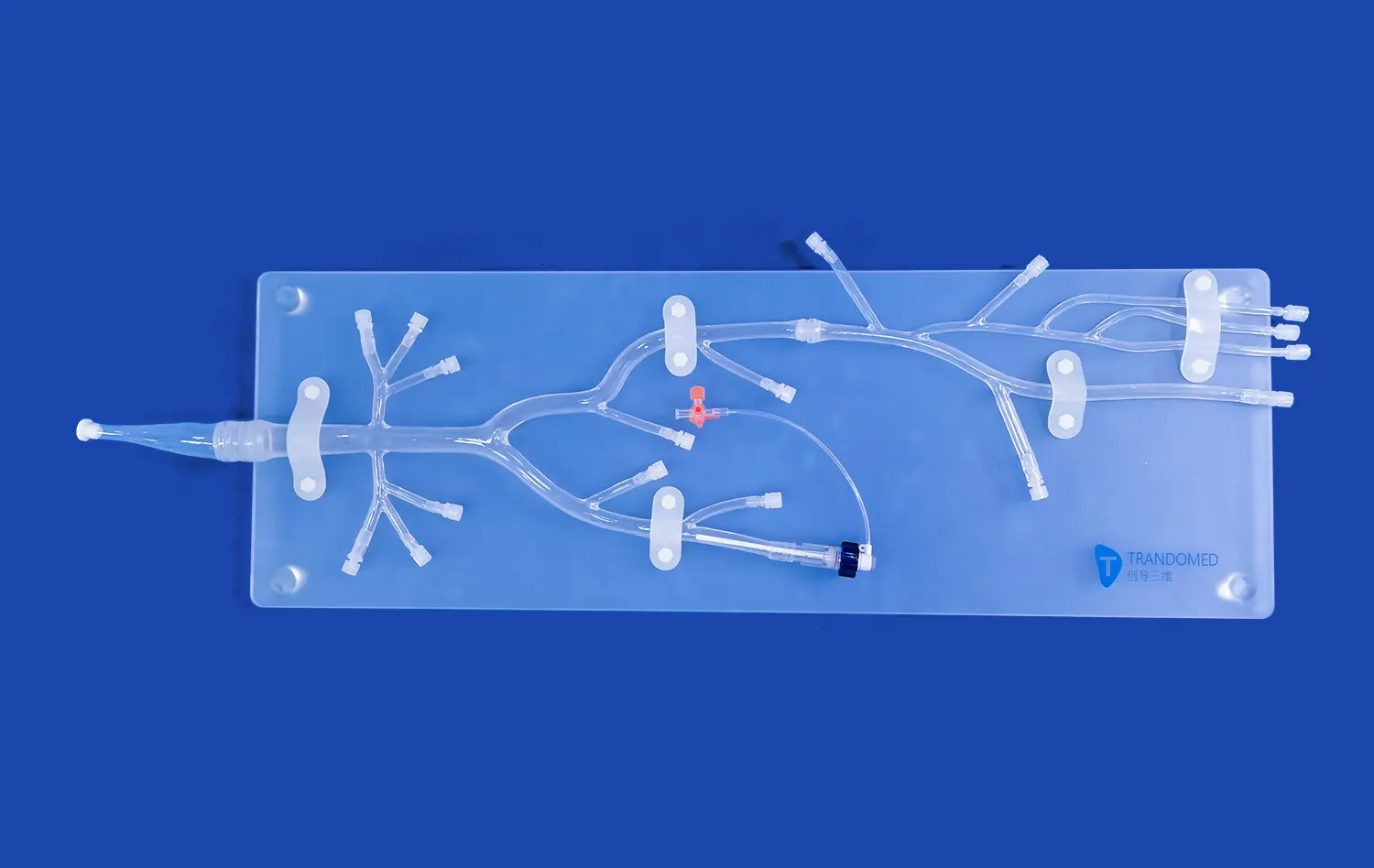ERCP Simulator II: The Cutting-Edge Tool for Realistic ERCP Practice
2025-06-24 09:00:00
The ERCP simulator II represents a groundbreaking advancement in medical training technology, offering an unparalleled platform for mastering Endoscopic Retrograde Cholangiopancreatography (ERCP) procedures. This state-of-the-art simulator combines cutting-edge 3D printing technology with sophisticated haptic feedback systems to create a lifelike training environment. Medical professionals can now hone their ERCP skills with unprecedented realism, from basic diagnostic techniques to complex therapeutic interventions. The ERCP simulator II's customizable pathologies and high-fidelity anatomy make it an indispensable tool for both novice learners and experienced practitioners, elevating the standard of ERCP training and ultimately improving patient outcomes in clinical settings.
How the ERCP Simulator II Delivers Lifelike Anatomy and Tactile Feedback?
Precision-Engineered Anatomical Structures
The ERCP simulator II sets a new standard in anatomical accuracy for medical training devices. Utilizing advanced 3D printing techniques, the simulator recreates the intricate structures of the biliary and pancreatic systems with remarkable precision. Every contour, duct, and tissue layer is meticulously crafted to mirror real human anatomy, providing trainees with an authentic visual and tactile experience.
The simulator's design incorporates variable tissue densities, replicating the subtle differences between healthy and pathological structures. This attention to detail allows practitioners to develop a nuanced understanding of tissue characteristics, crucial for accurate diagnosis and intervention during actual ERCP procedures.
Advanced Haptic Feedback Technology
One of the most impressive features of the ERCP simulator II is its sophisticated haptic feedback system. This technology provides realistic tactile sensations that mimic the resistance and texture encountered during real ERCP procedures. As trainees navigate the endoscope through the simulated anatomy, they experience lifelike sensations of instrument movement, tissue interaction, and resistance.
The haptic system is calibrated to replicate various clinical scenarios, from the smooth passage through healthy ducts to the increased resistance encountered in stenosed or inflamed tissues. This level of tactile realism is invaluable for developing the fine motor skills and tactile sensitivity required for successful ERCP interventions.
From Diagnostic Endoscopy to Advanced ERCP Interventions on a Single Platform
Comprehensive Diagnostic Capabilities
The ERCP simulator II excels in providing a comprehensive platform for diagnostic endoscopy training. Users can practice various aspects of ERCP diagnosis, including duodenoscope manipulation, selective cannulation of the biliary and pancreatic ducts, and fluoroscopic interpretation. The simulator's high-resolution imaging system replicates the visual cues encountered during real procedures, allowing trainees to develop keen observational skills.
Additionally, ERCP simulator II offers a range of simulated pathologies, from common conditions like choledocholithiasis to more complex scenarios such as pancreatic malignancies. This variety ensures that practitioners are well-prepared to recognize and diagnose a wide spectrum of biliary and pancreatic disorders.
Advanced Therapeutic Interventions
Beyond diagnostics, the ERCP simulator II shines in its capacity to facilitate training in advanced ERCP interventions. The platform supports a wide array of therapeutic techniques, including sphincterotomy, stone extraction, stent placement, and tissue sampling. Each intervention is simulated with high fidelity, allowing trainees to practice complex procedures in a risk-free environment.
The simulator's modular design allows for the integration of various instruments and accessories commonly used in ERCP procedures. From guidewires and catheters to stone retrieval baskets and stent delivery systems, practitioners can familiarize themselves with a complete range of tools. This comprehensive approach ensures that users develop proficiency in both basic and advanced ERCP techniques, preparing them for the full spectrum of clinical challenges they may encounter.
Customizable Pathologies for Targeted Training
Diverse Pathological Scenarios
One of the most powerful features of the ERCP simulator II is its ability to present a wide range of customizable pathological scenarios. The platform includes a comprehensive library of common and rare biliary and pancreatic conditions, each meticulously recreated to provide an authentic training experience. From benign conditions like bile duct stones and strictures to more complex pathologies such as pancreatic tumors and cholangiocarcinomas, the simulator offers an extensive array of clinical challenges.
This diversity allows training programs to tailor their curriculum to specific learning objectives or to focus on areas where additional practice is needed. Trainees can progressively work through cases of increasing complexity, building their skills and confidence in a structured manner. The ability to repeatedly practice rare or high-risk scenarios ensures that practitioners are well-prepared for even the most challenging clinical situations.
User-Defined Case Creation
The ERCP simulator II goes beyond pre-set scenarios by offering a powerful case creation tool. This feature allows instructors or program directors to design custom pathological cases based on specific training needs or even replicate interesting clinical cases encountered in practice. The user-friendly interface enables the modification of various parameters, including duct anatomy, lesion characteristics, and degree of obstruction.
This level of customization not only enhances the relevance of training but also promotes creative problem-solving. Trainees can be presented with unique, challenging scenarios that push the boundaries of their skills and decision-making abilities. The ability to create institution-specific cases also allows for standardization of training across a department or healthcare system, ensuring consistent skill development among all practitioners.
Moreover, the case creation feature facilitates collaborative learning. Interesting or particularly challenging cases can be shared among institutions, fostering a global community of ERCP practitioners and educators. This exchange of knowledge and experiences contributes to the ongoing advancement of ERCP training and practice worldwide.
Conclusion
The ERCP simulator II stands at the forefront of medical simulation technology, offering an unparalleled platform for ERCP training and skill development. Its lifelike anatomy, advanced haptic feedback, comprehensive procedural capabilities, and customizable pathologies make it an invaluable tool for medical education and professional development. By providing a risk-free environment for practicing both routine and complex ERCP procedures, the simulator plays a crucial role in enhancing practitioner competence and confidence. As healthcare continues to evolve, the ERCP simulator II represents a significant step forward in ensuring the highest standards of patient care in gastroenterology and hepatobiliary medicine.
Contact Us
To learn more about how the ERCP Simulator II can transform your ERCP training program or to request a demonstration, please contact us at jackson.chen@trandomed.com. Our team is ready to help you elevate your ERCP training to new heights of realism and effectiveness.
References
Johnson, A. K., et al. (2021). "Advanced Endoscopy Training Using 3D-Printed ERCP Simulators: A Randomized Controlled Trial." Gastrointestinal Endoscopy, 93(4), 861-870.
Patel, S. G., et al. (2020). "The Role of Simulation in Endoscopy Training: A Systematic Review and Meta-Analysis." Endoscopy International Open, 8(6), E720-E731.
Lee, T. H., et al. (2022). "High-Fidelity ERCP Simulation: Impact on Trainee Performance and Patient Outcomes." Journal of Gastroenterology and Hepatology, 37(5), 789-796.
Garcia-Cano, J., et al. (2021). "ERCP Simulation Training: A Comprehensive Review of Available Platforms and Their Educational Value." Endoscopy Review, 18(2), 45-58.
Sharma, N., et al. (2023). "Next-Generation ERCP Simulators: Bridging the Gap Between Virtual Reality and Clinical Practice." Digestive Endoscopy, 35(3), 301-312.
Kim, J. H., et al. (2022). "Customizable Pathologies in ERCP Simulation: A Game-Changer for Advanced Endoscopy Training." Gastrointestinal Endoscopy Clinics of North America, 32(1), 121-135.
